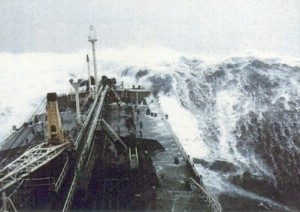
Typhoons are violent storms that occur in tropical areas particularly within the Pacific Ocean. Â Many of the world’s deadliest and violent storms originate from the Pacific Ocean. Â The North-western part is considered to be the area where many typhoons originate. Â In many parts of South East Asia and Japan, violent storms are named or classified as typhoons. Â In other parts of the world, similar weather disturbances occur and are referred to as cyclones or hurricanes.
In many of the countries situated near the Pacific Ocean, several typhoons form all throughout the year. Â Some areas experience many violent storms at specific months of the year, but in general, typhoons form starting in January up to December. Typhoons typically start out as “low pressure areas”. Â At this level, moderate to heavy rains may be expected but the wind speeds are considered minimal. Â Under Japan’s meteorological classification of typhoons, if the wind speeds of the storm reach a maximum of 61 km/hour, the storm can be classified as a tropical depression. Â The next categories are tropical storm, severe tropical storm, and eventually typhoon level at more than 118 km/hour. Â In other countries, they also have their own typhoon classification sytems with many of them giving their own names. Â Whatever the names they have, stronger typhoons are expected to cause damage to people and property.
Typhoons that form in the Northern half of the Earth typically run in counter-clockwise fashion. Â Those in the Southern half run the opposite which is clockwise. Â Before the typhoons are formed, the Pacific Ocean is typically warmer than the surface. Â Humidity is also very high with the force of the winds getting stronger as the clouds get thicker. Â With more clouds formed, the tendency of heavy rainfall is also increased along with the increase in wind speeds. Â As the weather disturbance progresses in the Pacific Ocean, it can gather enough water and wind speed to fully become a storm or typhoon before it makes possible landfall to many areas within its path.









Leave a Reply